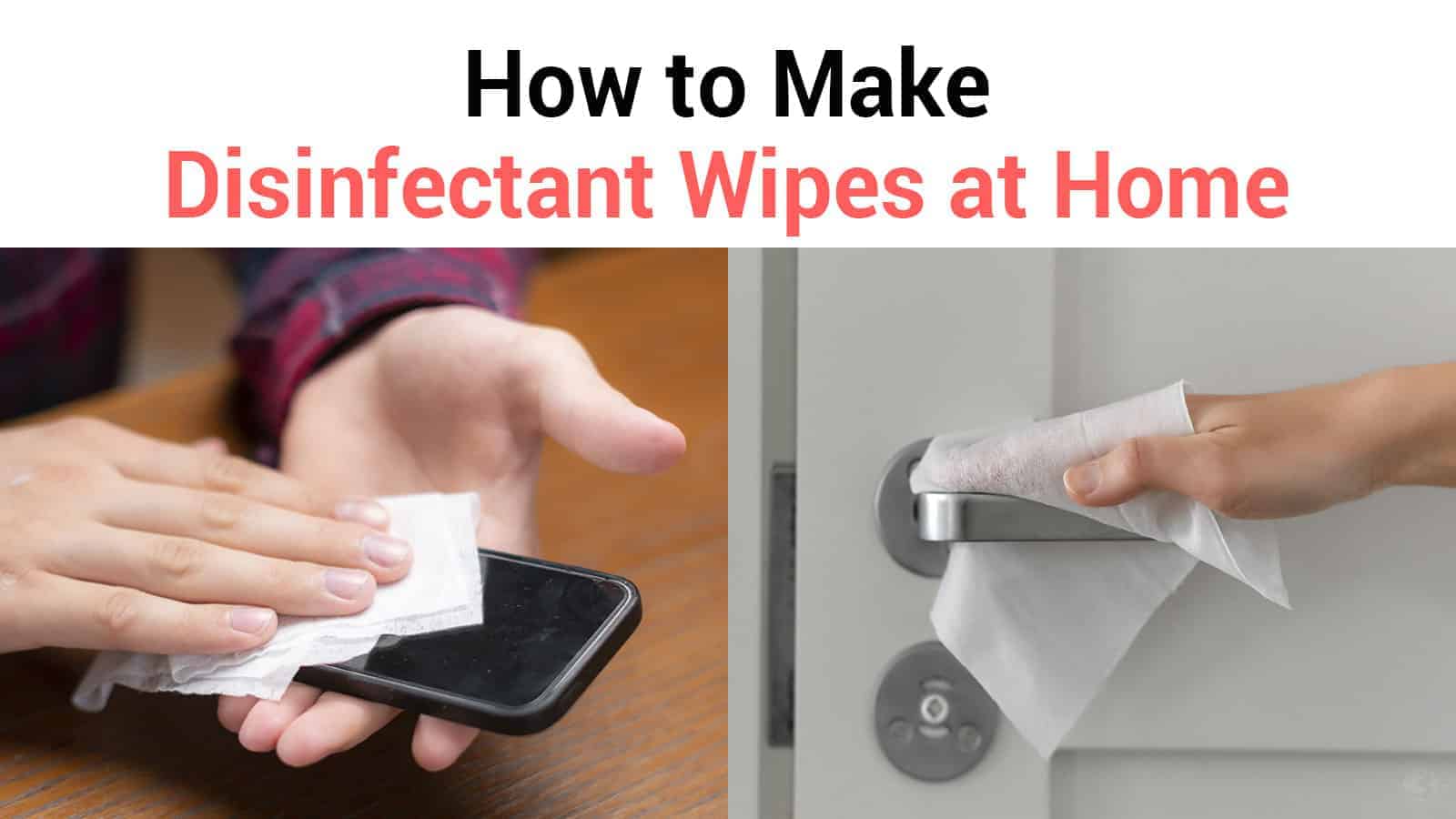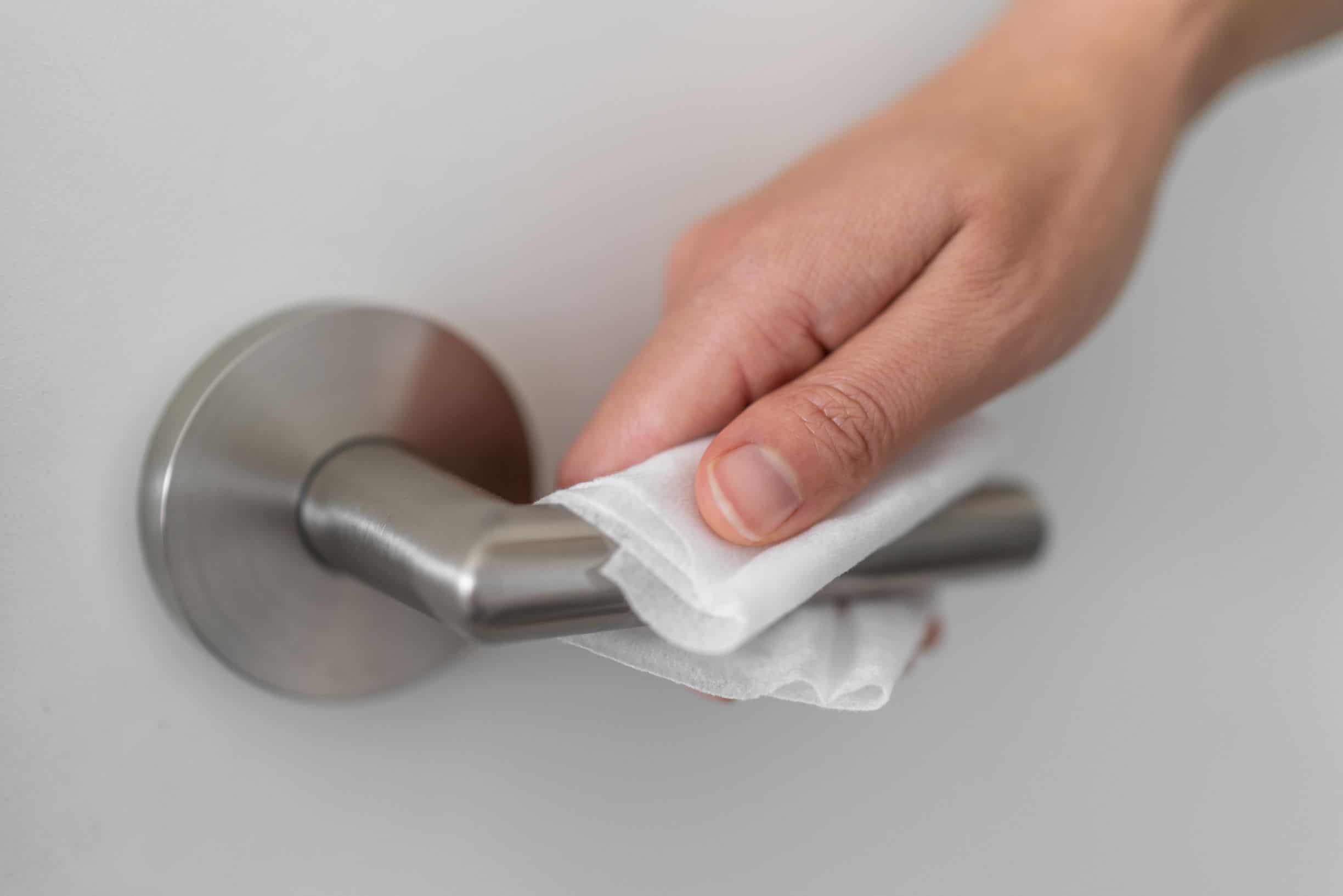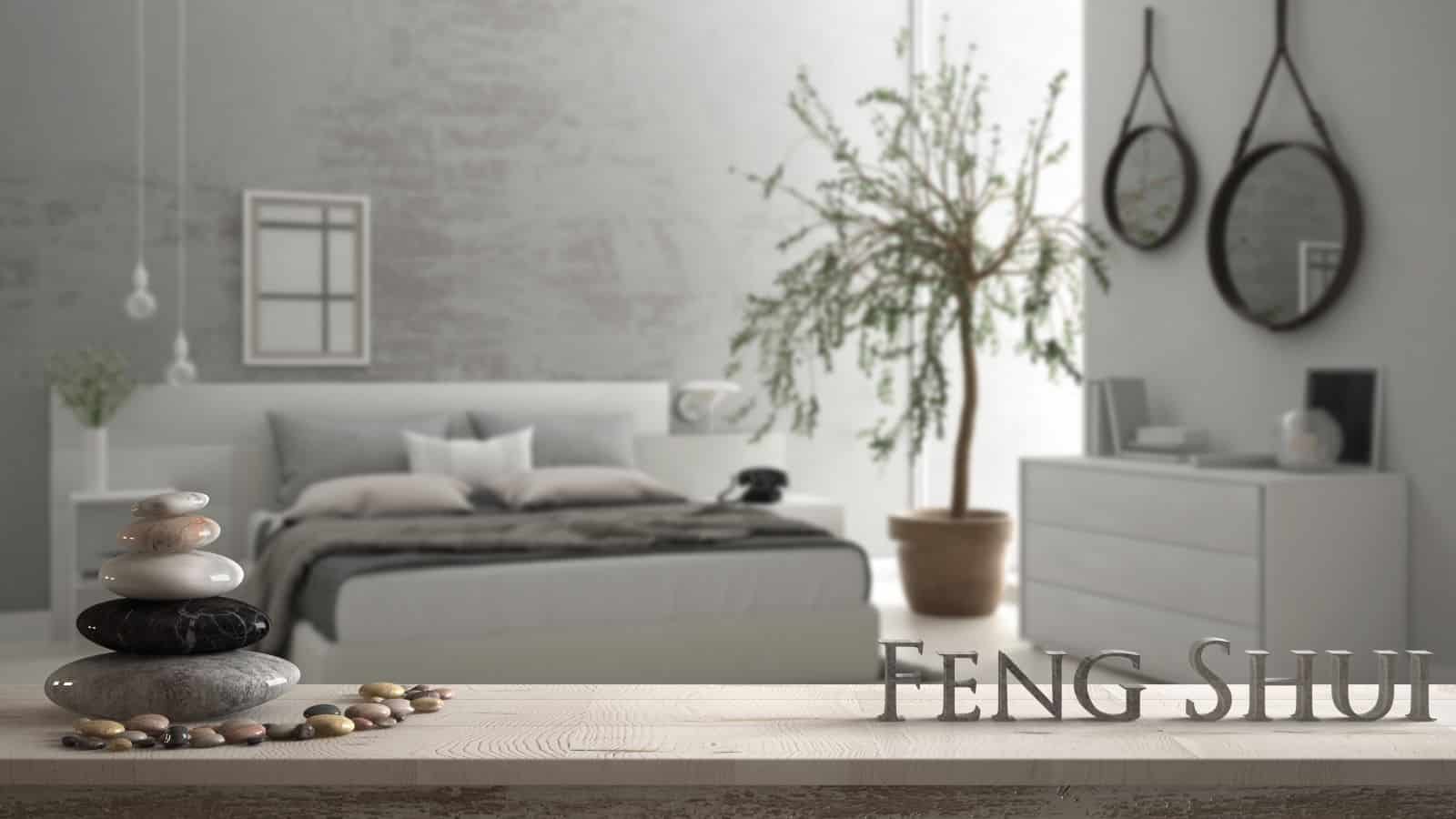There’s nothing quite as satisfying than having a home that is sparkling clean. As you survey each room, you feel pleased that they are clutter-free, and all surfaces are dustless and pristine. It’s what you don’t see that maybe the problem, even in a spotless house.
Studies indicate that we share our abode with billions of bacteria and viruses. While many bacteria are harmless and even beneficial, many more are a health hazard to humans and pets. Cleaning your house does not eliminate all the microbes in the air or the ones that can survive on surfaces for days.
Because of these invisible invaders, you must clean your home with a disinfectant. You’d be surprised where harmful germs are lurking. They cling to nearly all household surfaces, but they can also be present in the air you and your family breathe.
Have you noticed that you or your family get sick often? You may have more asthma flareups or a nagging cough that doesn’t seem to get better. Could your impeccably clean dwelling be hiding germs that are making you sick?
Whatever microbes are in your home’s air that you don’t inhale will settle on household surfaces. When you use a powerful disinfectant on everything in each room, you can kill most harmful bacteria and viruses. Anything that your family touches needs to be properly disinfected to keep illnesses and viral infections at bay.
Common Hiding Places for Microbes In Your Home
If you are like most people, your strictest attention goes to the kitchen and bathroom when you’re cleaning your house. Although you may scrub your kitchen from top to bottom, rouge microbes may be hiding in places you never imagined. Check out these areas when you use a disinfectant.
• Kitchen
Remember that food draws microbes like a magnet, so it’s imperative to keep anything that comes in contact with it clean. Your kitchen sink is a potential breeding ground for bacteria, so disinfect it often. To disinfect your kitchen sponges, run them through the dishwasher or microwave them for two minutes.
• Bathroom
Would you brush your teeth with the same brush you scrub your toilet? Each time you flush with the lid up, you send microscopic fecal matter throughout the bathroom, which can land on your toothbrushes and towels. Sanitize or replace your toothbrushes often and wipe down faucet handles with disinfecting wipes. Finally, close the lid to your commode before you flush it.
• Electronics
Television and gaming controls are notorious for harboring hazardous bacteria because many people don’t think of washing their hands before or after touching them. You can also collect countless germs and viruses on your cell phone, so be sure to disinfect all these technological gadgets.
• Bedrooms
Did you know that you share your bed with millions of microscopic freeloaders each night? You bring germs on your body from outside and in your home, but most mattresses have mites. Vacuum and disinfect your mattress, bedclothes, and bedroom furniture regularly.
• Your Floors
Think of all the disgusting things you walk through in a day. If you and the kids wear your shoes in the house, you are depositing these microbes everywhere you step. To be on the safe side, leave your shoes at the door and go barefoot or wear slippers in the house, and ask guests to do the same.
Difference Between Cleaning, Sanitizing and Disinfecting
We often use the words cleaning, sanitizing, and disinfecting interchangeably, but they are not the same. While each aspect is necessary for a clean and safe home, disinfecting completes the germ-killing task. Once you add it to your list of chores, disinfecting becomes second nature.
Almost everyone has a regular house cleaning routine. When you clean, you remove visible dirt, grime, and dust from everything in the house. Using proprietary or homemade cleaning products as well as other cleaning tools, make your home less inviting to invasive microbes.
You may remove a few germs by cleaning, but you will kill more when you sanitize. Many cleaning products also have sanitizing ingredients for all the surfaces in your home. Sanitizing typically removes enough microbes that scientists deem is enough to be safe.
In addition to regular cleaning and sanitizing, health experts recommend that you also use a disinfectant. When you disinfect surfaces in each area of your home, you can expect to remove nearly 100 percent of bacteria and viruses that can make your family sick.
Choosing a Disinfectant
Do you want to save money and make disinfectant wipes at home? You’ll need a disinfectant, which is inexpensive and easy to find in the store. Buy the best quality brand that your budget allows.
• Isopropyl or Ethyl Alcohol
You probably recognize these as rubbing alcohol. To make wipes that will disinfect efficiently, purchase alcohol that is at least 70%. If you add a little bit of water, you can strengthen the alcohol’s effect.
• Chlorine Bleach
In the household world of disinfecting agents, chlorine bleach has been the reigning Queen of Clean for generations. Bleach effectively kills germs and viruses on contact. The only downside to using chlorine bleach is that it has a strong smell, can be corrosive to some surfaces, and is dangerous if accidentally mixed with other compounds.
• Vodka
If you want to make some disinfecting wipes in a hurry and can’t find anything else, go to your liquor cabinet. Did you know that vodka at least 120 proof can kill bacteria and viruses in your home? It is clear, odorless, and evaporates quickly without the need to rinse.
How to Make DIY Disinfectant Wipes
Are you tired of paying high prices for proprietary disinfecting wipes at the store? Why not make your own and have fun while you are saving cash. Since you are using chemicals, it may be a good idea if you do this project without the kids. Here are the things you will need:
- An inexpensive roll of paper towels or reusable cloths
- Your choice of disinfectant
- If using paper towels, a round container with a lid
- For reusable materials, use a flat square container with a lid
- A few drops of essential oil, optional
If you are using chlorine bleach, add four teaspoons of bleach to a quart of water. Remember to use gloves when you are handling full-strength bleach. Never add essential oils or any other solution directly to chlorine bleach because you can create a hazardous chemical reaction.
First, put your paper towels or cloths in the container. Add either enough bleach solution, alcohol, or vodka, so it doesn’t overflow. If you are using alcohol or vodka, feel free to add a few drops of your favorite essential oil for a natural scent.
Did you know that many essential oils are naturally antibacterial and antifungal? Lavender and tea tree oil smell heavenly and will destroy most microbes in their path. You may also choose citrus oils like lemon or grapefruit or make a pleasing combination of scents.
Seal your container and allow the wipes to soak in the solution for at least five minutes or overnight. If you are using paper towels, you may need to cut the roll in half to fit into the container. Use a dedicated box that isn’t used for food and label it so that you will know the contents.
When you use paper towels, you can turn your container into a handy dispenser. Use a craft knife to carefully cut an X in the center of the container lid. Remove and discard the center cardboard from the roll and thread the first inner towel into the lid’s opening. Your homemade wipes will dispense just as quickly as the store-bought ones.
Using Your Disinfecting Wipes
While chlorine bleach is a powerful disinfecting solution, it’s strength quickly fades when you dilute it with water. Wipes made with a bleach solution are only good for a day, so that you may consider only making a few. Always wear rubber gloves when using bleach wipes, so they don’t irritate your skin.
Use your wipes on non-porous surfaces in your home to disinfect them. Avoid using bleach products on natural stone or stainless-steel surfaces. These wipes are handy to use on doorknobs, handles, and other germ collectors that are often forgotten.
For a disinfecting wipe to work effectively, the solution must stay on the surface between five and ten minutes. A solution made with alcohol or vodka will usually evaporate on their own. However, you should wipe bleached surfaces with a plain cloth to remove residue.
While it’s commendable to be thrifty, don’t take it too far when using disinfecting wipes. Once you use a wipe on a surface, discard it, or put the cloth ones in the wash. If you keep using the same wipe in a room, you are just transferring germs to another surface.
Final Thoughts on Saving Cash and Make Disinfectant Wipes at Home
You needn’t spend a lot of cash on store-bought disinfecting wipes. You can make ones at home that work just as well for a fraction of the cost. For your family’s well-being, try to disinfect your home at least once a week during your cleaning regimen and develop some new, clean, healthy habits.




















